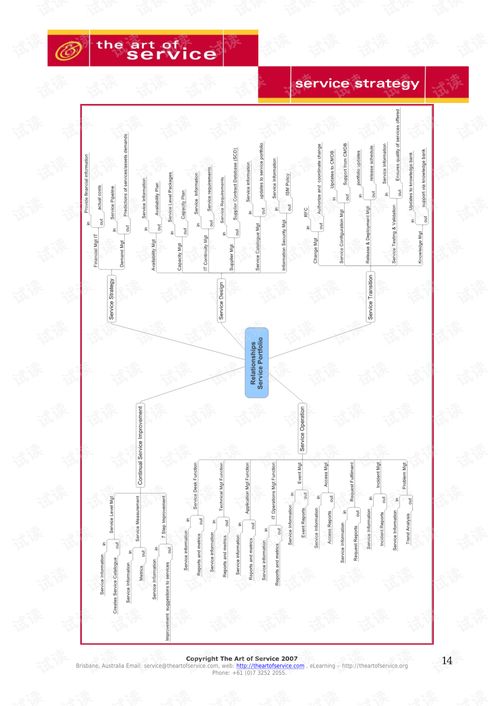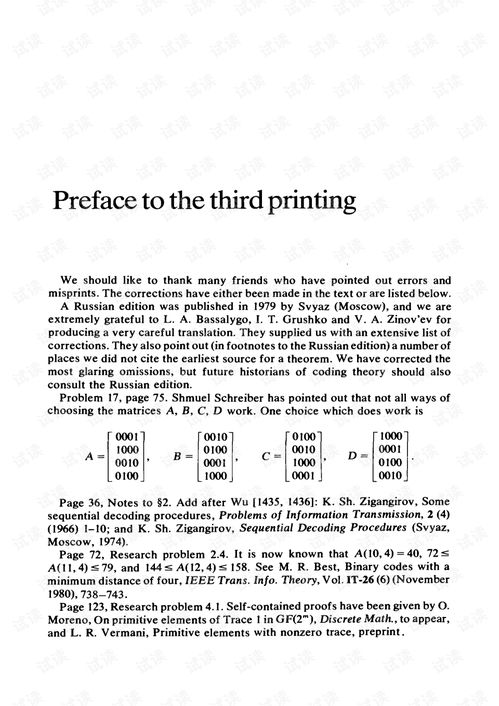Content:
Fishing, as a timeless pastime, requires a combination of patience, skill, and knowledge. One of the fundamental skills that every angler should master is how to adjust the lead weight. This simple yet crucial technique can make a significant difference in your fishing experience. In this article, we will delve into the intricacies of lead weight adjustment and provide you with essential fishing techniques to help you become a more proficient angler.
Understanding the Lead Weight
Before we dive into the techniques, it is important to understand the role of the lead weight in your fishing setup. The lead weight, also known as the sinker, is attached to the fishing line and serves several purposes:
- It helps to sink the line to the desired depth.
- It provides weight to the lure or bait, allowing it to reach the intended target.
- It prevents the line from floating on the surface, which can spook fish.
Choosing the Right Lead Weight
The first step in adjusting the lead weight is to choose the right one for your fishing situation. Here are some factors to consider when selecting a lead weight:
- Water Depth: The deeper the water, the heavier the lead weight you will need. For example, if you are fishing in shallow water, a 1/8-ounce weight may suffice, while deeper water may require a 1/4-ounce or heavier weight.
- Fish Species: Different fish species have varying preferences for depths and types of baits. Research the habits of the fish you are targeting to determine the appropriate weight.
- Current: Strong currents can make it difficult to maintain a consistent depth. In such cases, a heavier lead weight can help you overcome the current and keep your bait in the desired zone.
Attaching the Lead Weight

Once you have selected the appropriate lead weight, it is time to attach it to your fishing line. Here are the steps to follow:
- Cut a small piece of monofilament line, about 6 inches long, and thread it through the eye of the lead weight.
- Loop the end of the monofilament line through the eye of your fishing rod's tip.
- Secure the loop by wrapping the monofilament line around the tip of the rod several times, then trimming the excess line.
- Slide the lead weight down the line until it reaches the desired distance from the lure or bait.
Adjusting the Lead Weight
Now that your lead weight is attached, it is time to adjust it for optimal performance. Here are some techniques to consider:
- Experiment with different distances: Start by adjusting the lead weight to a distance of about 12-18 inches from your lure or bait. If you notice that your lure is not reaching the desired depth or is getting snagged too frequently, try increasing or decreasing the distance accordingly.
- Consider the wind: Wind can affect the way your lure behaves in the water. If you are fishing in windy conditions, you may need to adjust the lead weight to a shorter distance to keep your lure from being pulled too far from the target.
- Test your setup: Once you have adjusted the lead weight, take a few practice casts to ensure that your lure is behaving as expected. If you notice any issues, make further adjustments until you achieve the desired outcome.
Maintaining Your Lead Weight
Proper maintenance of your lead weight is crucial for both performance and safety. Here are some tips to keep your lead weight in good condition:
- Inspect your lead weight regularly for any signs of wear or damage. Replace it if necessary.
- Clean your lead weight after each fishing trip to remove any debris or buildup that may affect its performance.
- Store your lead weight in a dry, cool place to prevent rust or corrosion.
Conclusion
Adjusting the lead weight is a fundamental skill that can greatly enhance your fishing experience. By understanding the role of the lead weight, choosing the right one for your fishing situation, and adjusting it properly, you can increase your chances of catching more fish. Remember to experiment with different techniques and maintain your lead weight to ensure optimal performance. Happy fishing!












